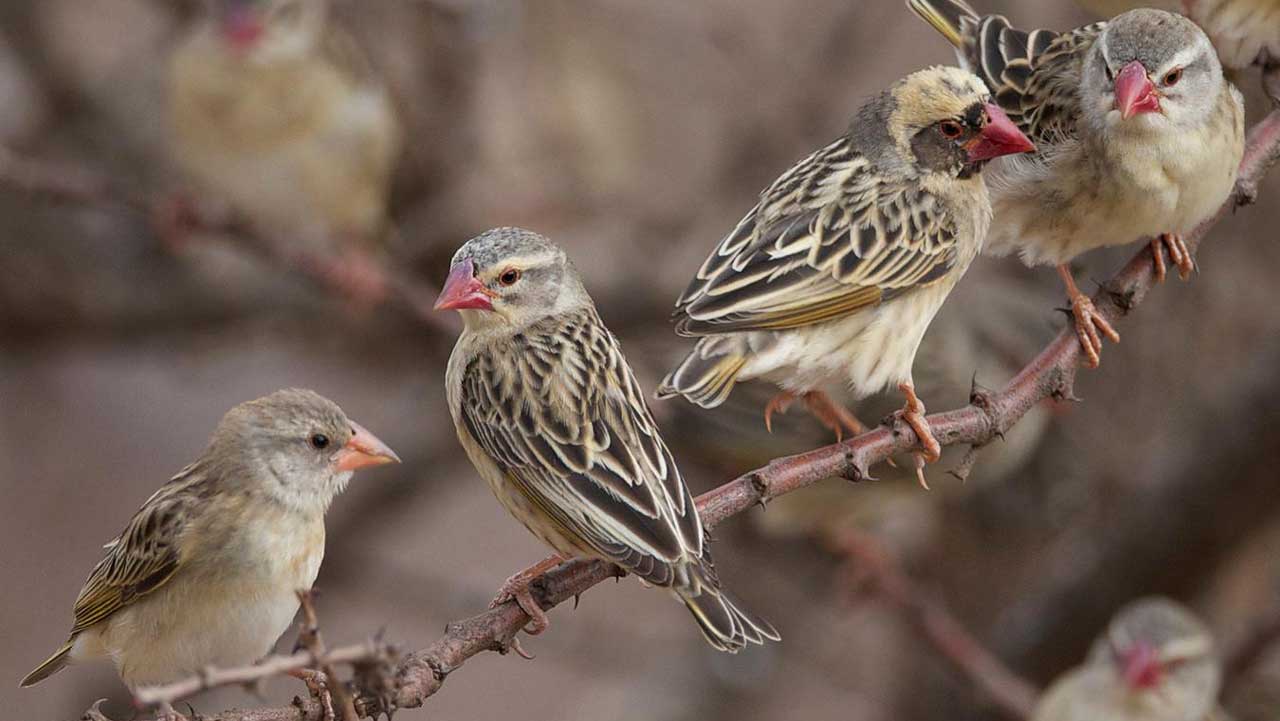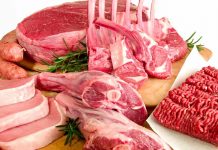Invasion of Quelea Birds in rice farms has been a major challenge and recurring problem confronting rice farmers across the country.
The invasion of some farms, especially states that are predominantly rice producers has been linked to one of the factors responsible for food shortage.
Farms in some Local Council Areas of Kebbi, Zamfara, Sokoto, Jigawa, Abia, Kano, Borno, Yobe, Benue, Gombe, Adamawa, Sokoto and Kastina, and some in the Southwest have recorded huge losses as a result of the onslaught of these birds.
Quelea birds are dangerous parasites, and capable of wiping out everything in the farm within hours and days, whenever they invade any farm.
Sometime last year, there was a presidential directive that the Ministry of Agriculture and Rural Development should look into the alarm raised by the Jigawa State government on the invasion by quelea birds from Niger Republic.
Despite the crisis facing the maize industry, which has compelled government to begin maize importation, the onslaught of the birds, according to farmers is a major threat to this year’s harvest, as farmers are reaping little or nothing from their labour.
Though efforts had been made in the past to prevent the birds, it appears more strategies need to be adopted in winning the war. It was reported recently that the Federal Government was planning to collaborate with states to get an aircraft that can be deployed to fumigate the border states, before the birds wreck serious havoc, but that has not happened.
Chairman, Rice Growers Association of Nigeria, Ogun State chapter, Pastor Bode Adenekan said tackling the problem has been time-consuming and labour intensive mainly with rudimentary methods.
He added that tackling the pest requires human presence for about 12 hours daily for the critical 30-day period it would take the grain endosperm to firm up and thereafter, become of no interest to the birds.
“Without adequate preparation at this stage, the farmer may end up getting no harvest at the end of the season. The challenge is more serious with the low yield of about 2.5-4.0 tonnes per hectare in low land, wet areas and poorer performance for upland areas.”
A rice farmer, Ken Nsofor told The Guardian that the only way farmers have been able to scare the birds away is still by manual effort. He said rice cultivation generally requires a month of flowering to harvesting and within the period two different types of birds come visiting. The first, smaller kind visit when the rice is in the milk form, but the quelea birds itself come when the rice has formed.
“At that period farmers needed to get to their farms as early as 6:00am to 6:30pm for a period of one month and that has been the most effective way of combating the birds. People also use objects like scare scrow, but the funniest thing is that the quelea birds are very intelligent when there is nobody on the farm for two days, they come back and acclimatize and pounce on the farm.
“Some other people try to use net, but those who can do that successfully are those with about one or two hectares. But when you go into commercial farming of hectares, it becomes very expensive; its not cost effective for bigger farmers to use net.”
He noted that some in the north use aerial spray, but the aerial spray are non-repellant, but actually kill the birds. “I want to believe that since the spray has toxic effect on birds, it would surely have effect on the rice itself. So, it is not popular in the Southwest, I have not heard of any farmer use spray here.
“Losses from quilar birds invasion of farms can be anywhere from single digit to three, five per cent loss. There was a year that the effect of the bird led to serious losses in the area where I operate at Ofada, Obafemi Owode Local Council, Ogun State, where I have my farm. Farmers can suffer as much as 90 per cent losses and as low as three per cent, if the birds are not effectively dealt with within the one-month period when the rice is actually forming.
“The only solution to combat quelea birds’ is to research and produce pest repellant that works, without any biological damage to the birds.”





